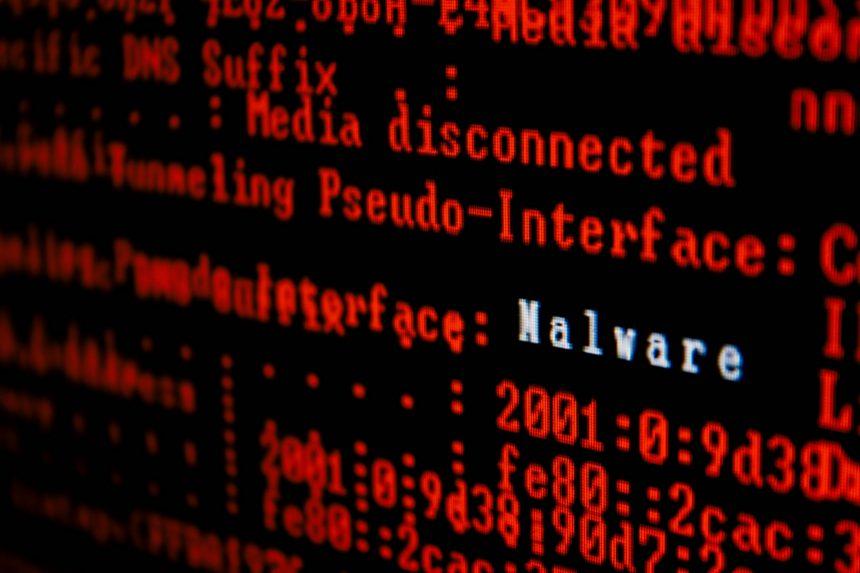The digital landscape is constantly evolving, bringing both advancements and new challenges. Among these challenges are cyber threats that can compromise the security of personal and organizational data. One such threat is the Kematian Stealer malware, a sophisticated piece of malicious software designed to steal sensitive information from infected systems. This article delves into the specifics of Kematian Stealer, its actions, consequences, and provides a thorough guide on how to remove it and prevent future infections.
Actions and Consequences of Kematian Stealer Malware
Kematian Stealer is a type of information-stealing malware. Once it infiltrates a system, it begins to operate stealthily, collecting various types of sensitive data, including:
- Login Credentials: The malware targets stored credentials in web browsers, email clients, and FTP applications.
- Financial Information: It can capture banking details, credit card information, and other financial data.
- Personal Identifiable Information (PII): This includes names, addresses, phone numbers, and other personal data.
- System Information: Details about the infected device, including hardware and software configurations.
The consequences of a Kematian Stealer infection can be severe. Victims may experience financial loss, identity theft, and unauthorized access to their personal and professional accounts. For organizations, the repercussions can extend to data breaches, loss of intellectual property, and significant damage to reputation and customer trust.
Detection Names for Kematian Stealer
Cybersecurity firms often label malware differently based on their detection algorithms and databases. Some of the common detection names for Kematian Stealer include:
- Trojan:Win32/Kematian.A
- Trojan.PWS.Kematian
- Win32:Kematian-InfoStealer
- Infostealer.Kematian
Similar Threats
Kematian Stealer is part of a broader category of information-stealing malware. Similar threats include:
- Emotet: Initially a banking trojan, Emotet has evolved into a major threat capable of delivering other types of malware.
- TrickBot: Another information stealer that often works in conjunction with ransomware attacks.
- AZORult: Known for its data harvesting capabilities, AZORult collects information ranging from browser history to cryptocurrency wallets.
Comprehensive Removal Guide for Kematian Stealer
Removing Kematian Stealer from an infected system involves several steps. It is crucial to act promptly to mitigate damage and secure your data.
Step 1: Disconnect from the Internet
To prevent further data transmission to the attackers, disconnect the infected device from the internet immediately.
Step 2: Boot in Safe Mode
For Windows 10:
- Press
Windows + Ito open Settings. - Go to
Update & Security>Recovery. - Under
Advanced startup, clickRestart now. - Choose
Troubleshoot>Advanced options>Startup Settings. - Click
Restart, then selectSafe Mode with Networkingusing the number keys or function keys (F1-F9).
Step 3: Terminate Malicious Processes
- Press
Ctrl + Shift + Escto open Task Manager. - Look for suspicious processes related to Kematian Stealer (they often have random names).
- Right-click on the process and select
End Task.
Step 4: Uninstall Suspicious Programs
- Press
Windows + R, typeappwiz.cpl, and pressEnter. - In the Programs and Features window, look for recently installed suspicious programs.
- Select and uninstall these programs.
Step 5: Delete Temporary Files
- Press
Windows + R, typetemp, and pressEnter. - Delete all files in the temporary folder.
- Repeat the process with
%temp%andprefetchfolders.
Step 6: Clean the Registry
- Press
Windows + R, typeregedit, and pressEnterto open the Registry Editor. - Navigate to
HKEY_LOCAL_MACHINE\SOFTWARE\Microsoft\Windows\CurrentVersion\Run. - Look for and delete entries related to Kematian Stealer.
Step 7: Restore Web Browsers
- Reset your web browsers to default settings to remove any malicious extensions or changes.
Google Chrome:
- Click on the three dots in the upper right corner and go to
Settings. - Scroll down and click
Advanced, thenReset settings. - Confirm by clicking
Reset.
Mozilla Firefox:
- Click on the three horizontal lines in the upper right corner and go to
Help. - Select
Troubleshooting Information. - Click
Refresh Firefox, then confirm.
Microsoft Edge:
- Click on the three dots in the upper right corner and go to
Settings. - Scroll down to
Reset settings. - Click
Restore settings to their default values, then confirm.
Step 8: Run a Full System Scan
Use built-in security tools like Windows Defender to perform a full system scan:
- Press
Windows + Ito open Settings. - Go to
Update & Security>Windows Security. - Click
Virus & threat protectionand thenQuick scanorFull scan.
Best Practices for Preventing Future Infections
- Regular Software Updates: Ensure your operating system, browsers, and all software are up to date with the latest security patches.
- Strong, Unique Passwords: Use strong, unique passwords for all accounts and change them regularly.
- Enable Multi-Factor Authentication (MFA): Add an extra layer of security to your accounts.
- Beware of Phishing: Be cautious of suspicious emails, links, and attachments.
- Backup Data Regularly: Regularly back up important data to an external drive or cloud storage.
- Educate and Train: Stay informed about the latest cyber threats and educate others on safe computing practices.
By following these steps and best practices, you can effectively remove Kematian Stealer from your system and enhance your defenses against future cyber threats. Stay vigilant and proactive to keep your digital life secure.




